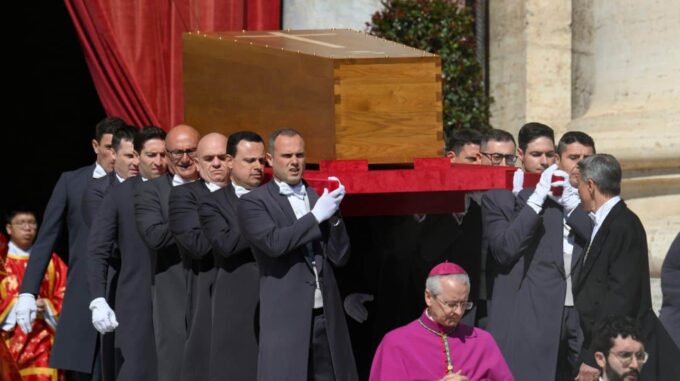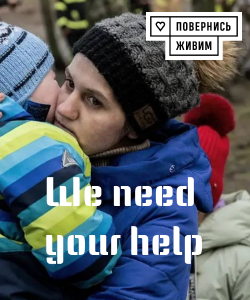The solemn funeral ceremony of Pope Francis, one of the most influential spiritual leaders of the modern era, has concluded in Rome

The event took place on April 26 in the legendary Basilica di Santa Maria Maggiore, located in the very heart of Italy’s capital. This moment marked a significant milestone in the life of the Catholic Church and the entire global Christianity. The burial commenced with a ceremony that lasted only about thirty minutes but left a deep impression on the hearts of those present. According to official Vatican information, this rite was performed in accordance with strict church regulations – Ordo Exsequiarum Romani Pontificis. A principal role was played by Cardinal Camerlengo, who led the funeral proceedings in the presence of the Pope’s relatives and senior church hierarchs. The ceremony concluded around 13:30 Rome time. After the official rites, a nine-day period of mourning begins, which is traditional for the Catholic Church. During this time, delegations of cardinals from all over the world continue to arrive at the Vatican to participate in collective prayer processes and to prepare for the election of a new spiritual leader. One of the key stages of this process is the closed conclave – a secret gathering where the successor of Pope Francis is chosen. The outcome of this conclave will determine the future spiritual leadership of the Catholic Church and set a new direction for its global mission. On the eve of the funeral, thousands of believers, world politicians, and clergy leaders gathered at St. Peter’s Square to pay their respects to the renowned pontiff in prayerful silence and with great sorrow. This mass show of respect involved representatives of various countries who sought to express their admiration and gratitude to Pope Francis for his steadfast stance in fighting for justice, his efforts in promoting peace, and his compassion. It is worth noting that during his ministry, Pope Francis repeatedly took firm positions on issues of domestic and international politics, striving to reconcile fractured societies and advocating for the rights of the most vulnerable populations. His activities left a significant mark on the hearts of millions of people worldwide. At the same time, his death initiates a new phase for the Vatican and raises questions regarding the search for his successor, an individual who can carry forward his work and elevate the Church to a new level. Currently, debates and forecasts are actively underway in Ukraine and around the world regarding which cardinal has the best chances to lead the Vatican during this challenging period for the Church. At the same time, discussions are ongoing about aligning a new spiritual strategy with contemporary challenges and global issues, including war, humanitarian crises, and the growing global skepticism toward religious institutions. We must await the next steps in pastoral and political dynamics, as the upcoming Pope will need not only to continue the faithful’s mission but also to ensure the Church’s more active engagement in global processes. This period may bring serious challenges but also new opportunities for the development of moral values, peace, and understanding worldwide. For those wishing to gain a deeper understanding of the future direction of the Vatican, it is advisable to review analytical materials regarding potential candidates for the papacy, as well as expert reflections on possible scenarios of conclave changes. Such insights will help better comprehend how the Catholic Church might evolve in the coming years and what role it will play in the global political and spiritual landscape.

